Mysteries of Saturns rings
Mysteries of Saturns Rings
Saturn’s rings are among the most beautiful sights in the Solar System. They have been a source of scientific fascination and puzzlement since they were discovered by Galileo in 1610 although it was Christiaan Huygens who first suggested they were rings in 1655.
The great mystery of Saturn’s rings is how they formed and why they are so stable. A simple model of orbital dynamics suggests that any small particles in this kind of orbit should gradually spiral into the planet.
So the rings should long ago have smeared out and disappeared. Instead, they are highly complex and stable and contain other structures such as spokes and braids. Nobody knows how.
Now Robert French at the SETI Institute in Mountain View, California, and a few pals discuss another mystery. They say Saturn’s F ring, the most distant discrete ring, is twice as bright today as it was during the Voyager flybys in 1980 and 1981. It is also three times as wide.
How come? Today, they show how they discovered this peculiarity and discuss various mechanisms that might explain it. Their thinking leads to a dramatic prediction about the behaviour the F ring in the next few years.
French and co begin with a set of five movies of the F ring that NASA’s Cassini spacecraft took between 2004 and 2009. That’s a total of 4800 images.
For each movie they take an average reading of the ring’s width and brightness and then compare this with measurements taken during the Voyager missions in the early 80s.
The results are something of a puzzle. Between 2004 and 2009, the F ring has been twice as bright as it was between 1980 and 1981. It is also increased in size from a width of about 200 kilometres to about 580 kilometres today.
What possible mechanisms might have caused these kinds of changes? The most obvious culprit is the satellite Prometheus which orbits inside the F ring, slightly closer to Saturn. Prometheus is known as a shepherd moon and astronomers have observed it influencing the formation of clumps and braids within the F ring.
What’s more, Prometheus is closer to the F ring today than it was in the early 1980s. French and co say that in 1980/81, the moon’s point of closest approach was some 500 kilometres from the F ring and in 2009 it was around 200 kilometres.
It is easy to think that this change may be responsible for the increase in brightness, perhaps by generating gravitational perturbations that cause particles to collide and split into smaller pieces. An increase in the number of particles in the ring could explain its change in brightness.
But French and co disagree. They point out that between 2004 and 2009, the distance of closest approach between the F ring and Prometheus also decreased by about the same amount. And yet, the F ring has not changed significantly in brightness during this time. Some other process must be at work.
One clue comes from an event in 2006 when part of the ring suddenly flared, increasing in brightness. French and co believe it was struck by a small cloud of dust that caused a chain reaction of collisions that split the rock, ice and dust in the ring into many smaller pieces. Hence the flare. Over time, the orbit of these smaller particles would degrade, causing the ring to dim again.
That raises another question, however. If smaller particles are spiralling in towards Saturn, the ring must be continually refreshed with new particles to maintain its current brightness.
French and co say the widening of the ring may explain this. They believe this widening is a periodic process linked to the orbit of Prometheus and perhaps other shepherd moons nearby, which change their point of closest approach over a period of about 17 years.
What’s curious about this is that as the ring becomes bigger, the orbit of the dust it contains must become unstable. So some of this dust out to spread into more distant orbits. These clumps of dust will eventually spiral back towards the planet and hit the F ring on the way back.
French and co say the brightening in 2006 was probably caused by just such an event. And they say these kinds of collisions must occur on a periodic basis associated with the widening of the ring.
In other words, as the ring becomes wider, it releases clumps of dust into more distant orbits that then collide with the ring as they spiral in. It is this process causes the ring to brighten.
That’s an interesting idea that reveals some of the complex orbital behaviours that astronomers are beginning to discover in the Saturnian system. And like all good scientific hypotheses, this one leads to a clear prediction.
I
-
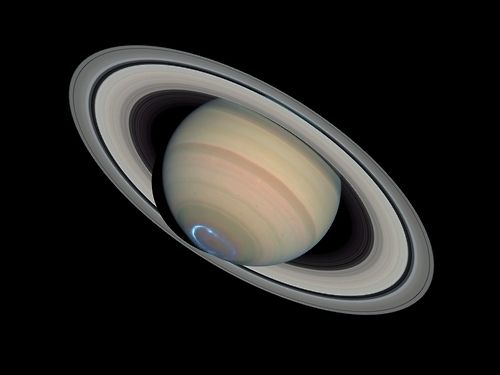 Saturn and its beautiful rings
Saturn and its beautiful rings





















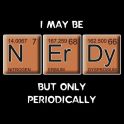

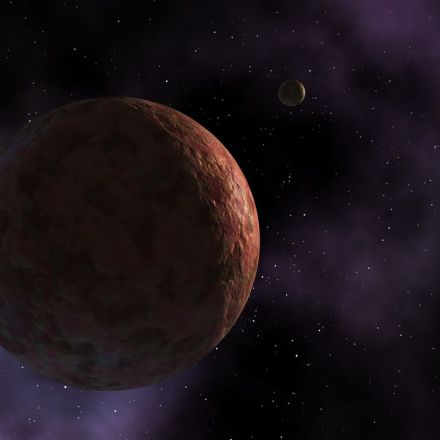
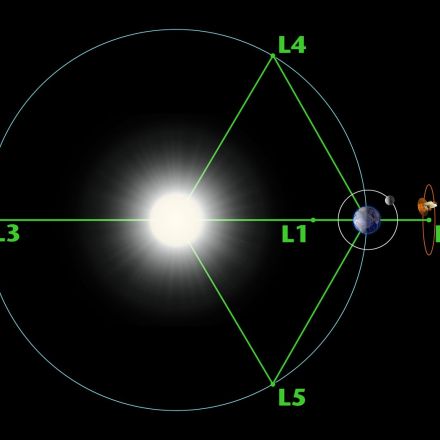
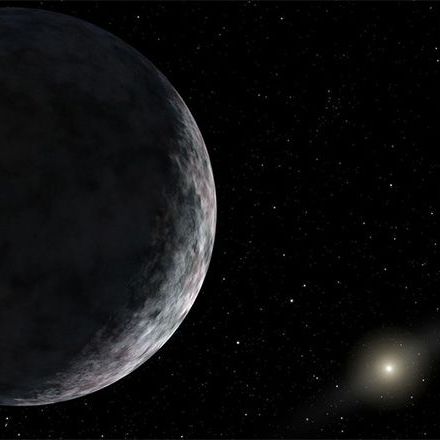
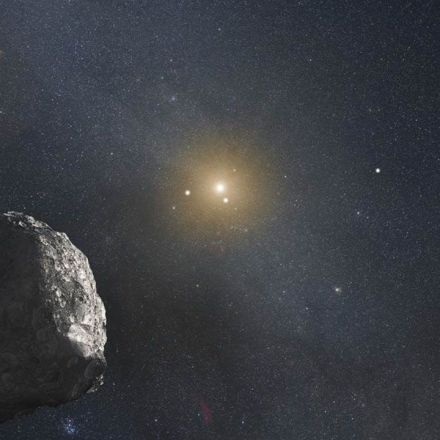
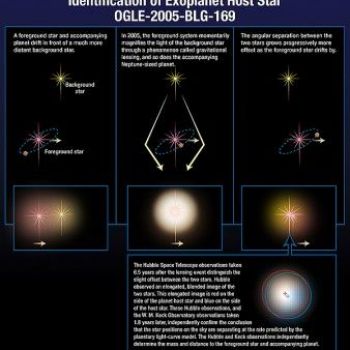
Join the Discussion